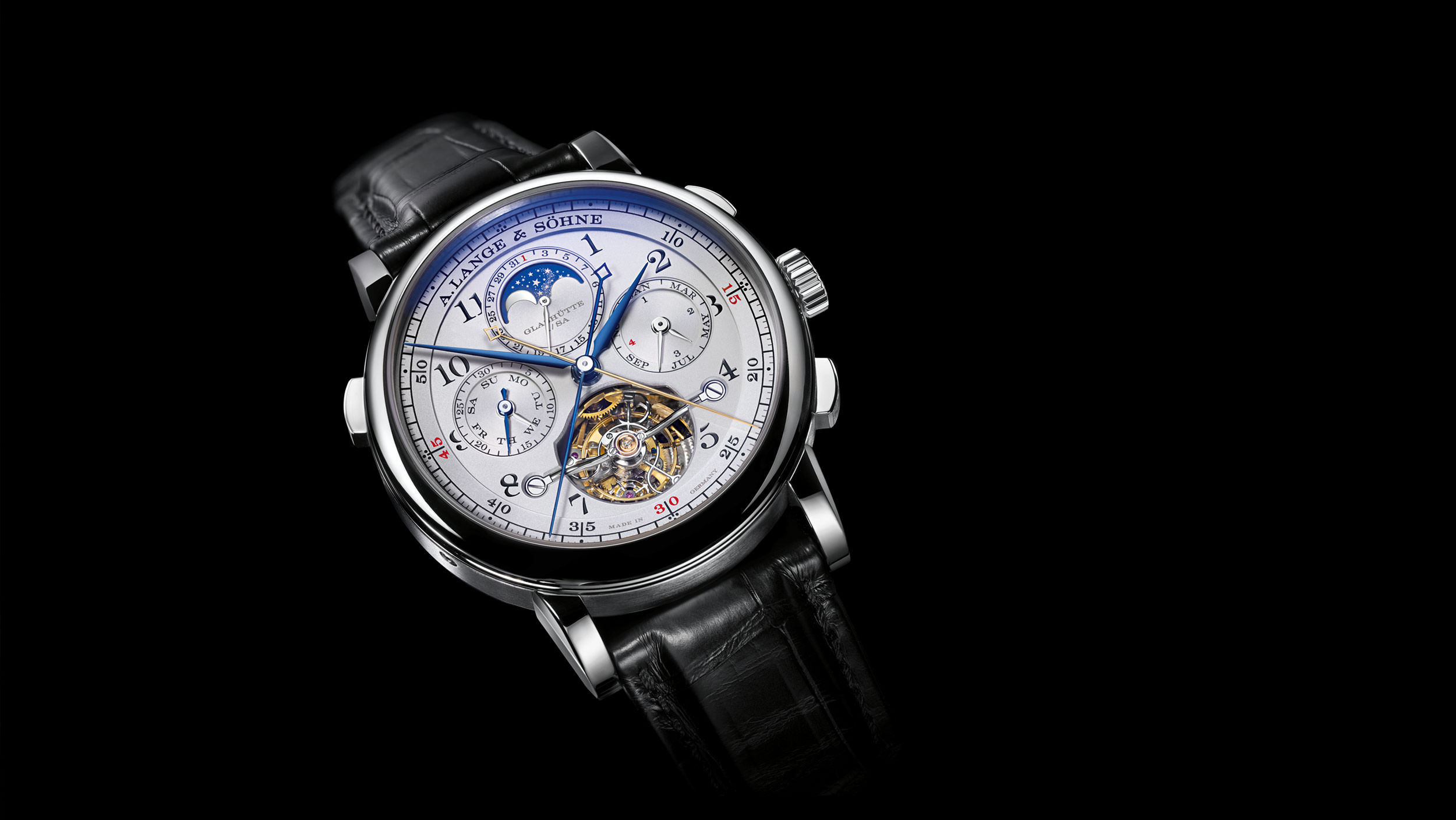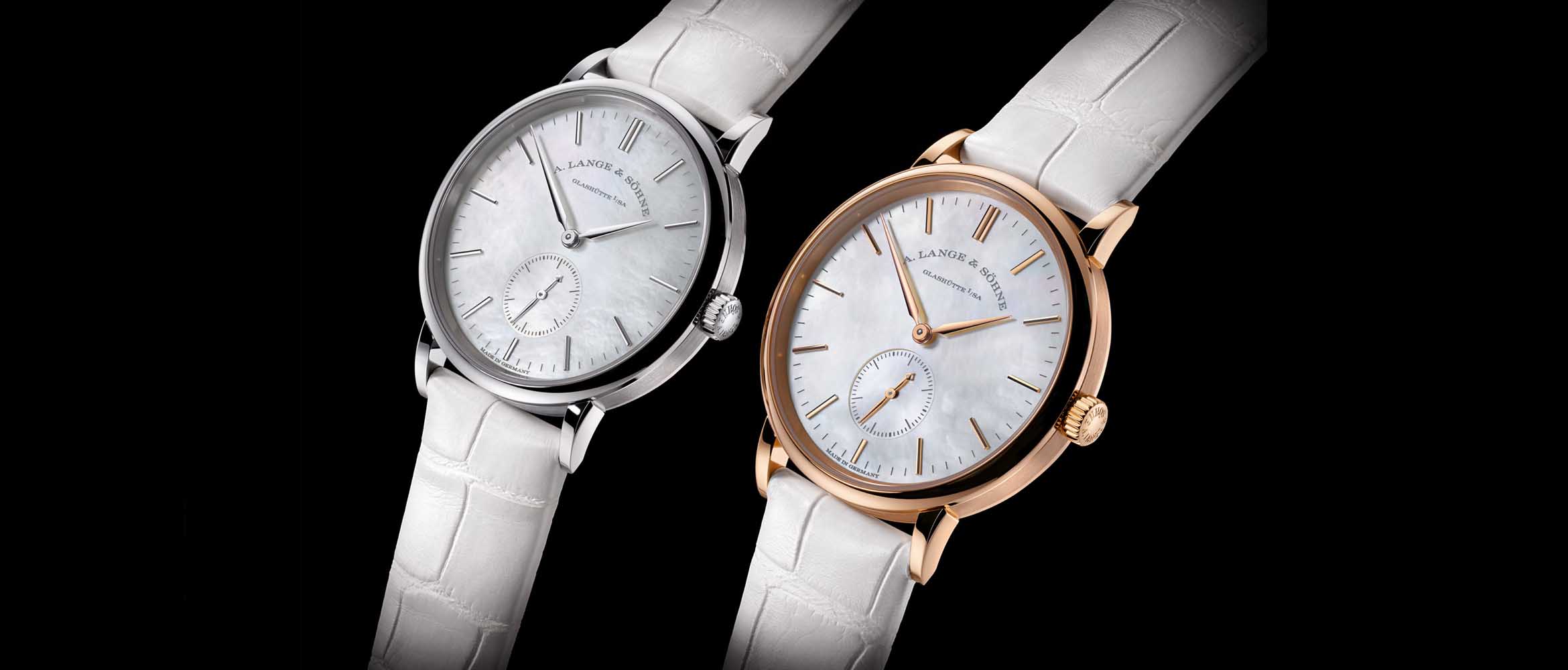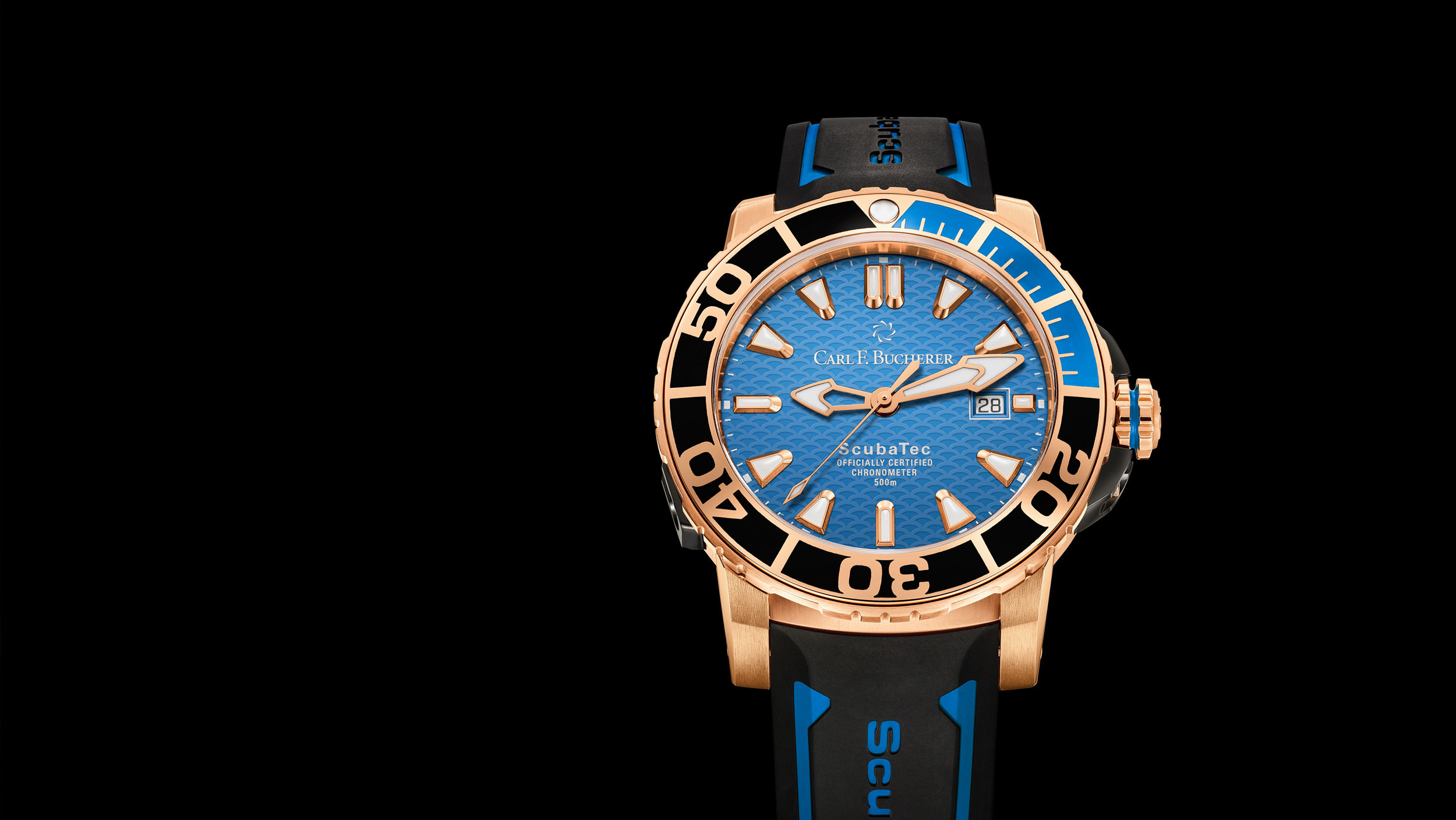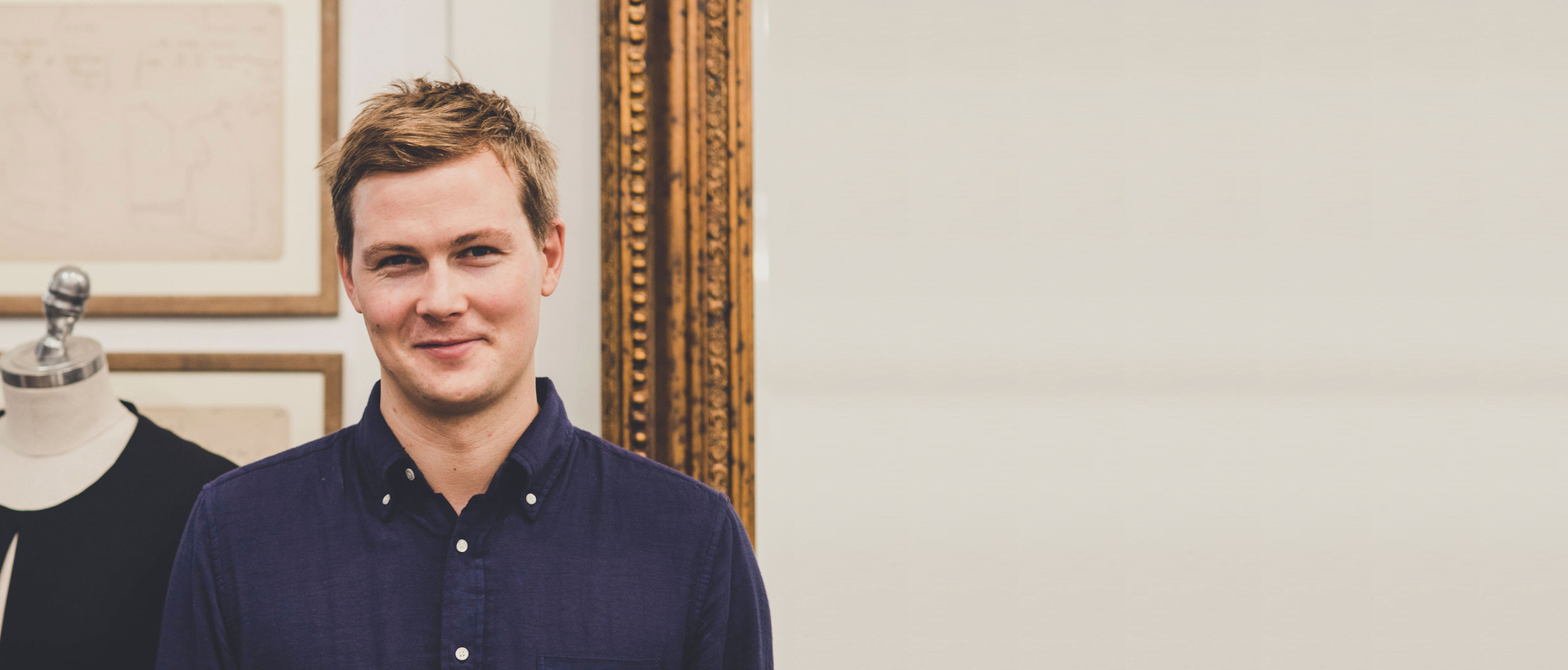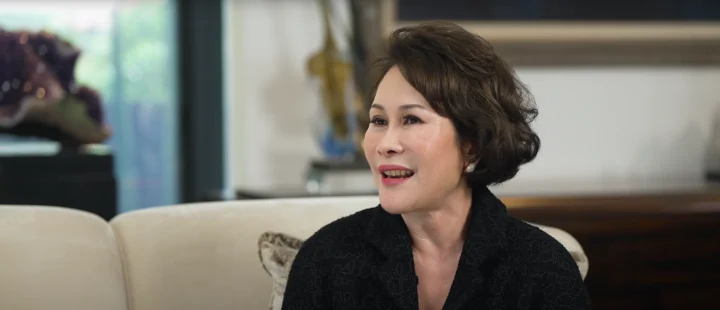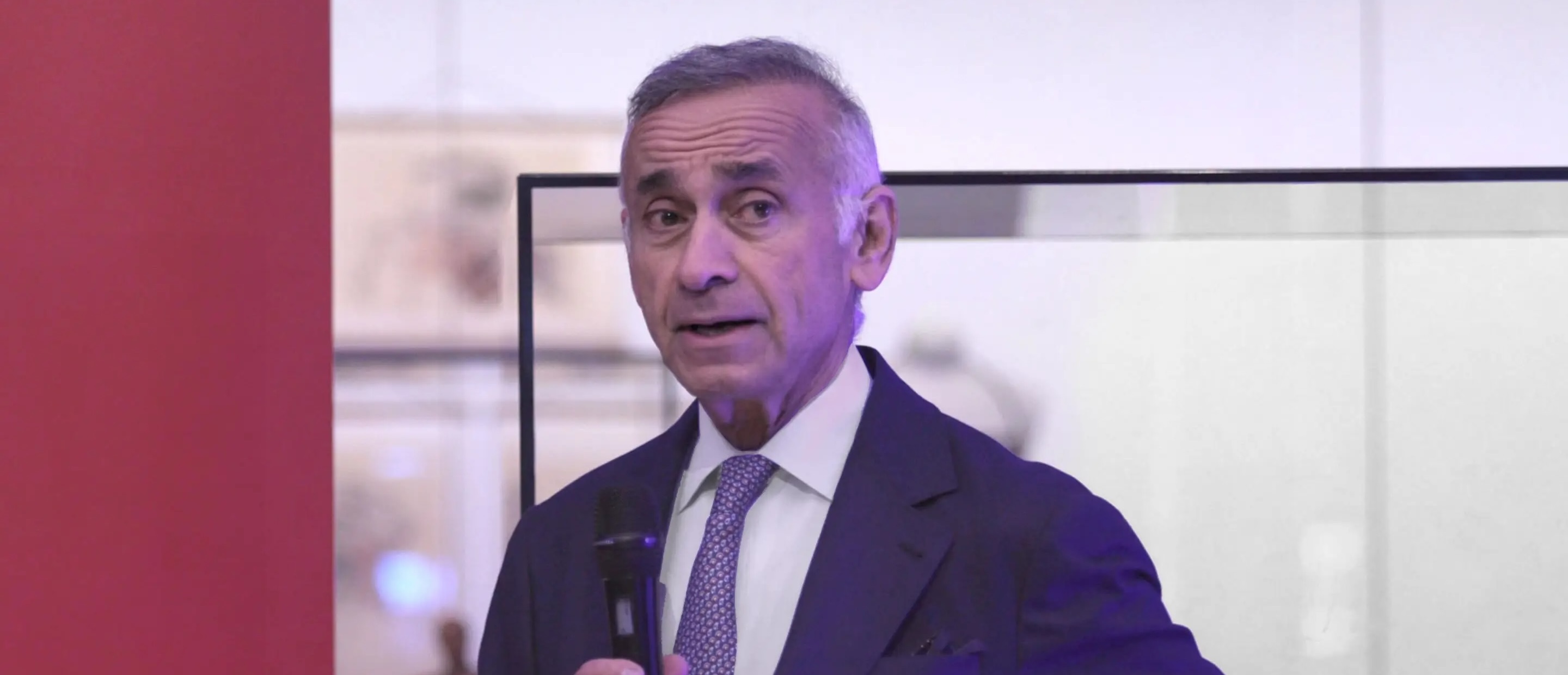As the tech-savvy generations enter their prime spending years, should the luxury watch industry be concerned for its future?
Glance at the wrist of the closest Millennial to you right now, and the chances are you’ll find it bare. With their thumbs perpetually glued to tiny portable screens, each kitted out with impeccably accurate digital clocks, this generation has little need for archaic methods of timekeeping such as the wristwatch. Unless, of course, it can measure their heartbeat and track their steps.
“Technically, watches became irrelevant as soon as the smartphone hit the scene,” says a deadpan Emily Stoll, director of North American sales and marketing at luxury Swiss watch brand Carl F Bucherer, which has been creating mechanical watches on the banks of the Lucerne since 1888. “Appealing to younger generations has certainly proved to be a challenge across the industry. Current trends around fast fashion and tech have weakened the appeal of luxury craftsmanship.”
Nonchalant youths have not been the only challenge for the recently embattled watch industry. Exports of Swiss watches – which act as a barometer for the health of the global trade – recently suffered a period of significant decline. In 2016, the value of exports dropped to a six-year low of CHF19.4 billion (down nearly 10% on the year before), according to the Federation of the Swiss Watch Industry’s accounts.
Brexit and luxury watch brands
There were a few bright spots, however. The UK market, for example, benefited from a post-Brexit weakening of the pound that suddenly made it the global bargain basement for luxury watches. Retailers were soon cashing in, such as London department store Harrods, which noted a direct increase in sales of watches worth over £200,000 as a result. The watch brands soon cottoned on and, after a few weeks, UK prices were adjusted to reflect the currency fluctuation.
In general, the mood of the global industry now seems to be lifting. “At the beginning of the year, following a very good Geneva watch fair [Richemont’s annual SIHH trade exhibition], I was under the impression that the fine watchmaking industry had used a year of consolidation to gather new strength,” says Wilhelm Schmid, chief executive of watch brand A. Lange & Söhne, which used the show to present extensions to its entry-level Saxonia line as well as highly complicated models, such as the new Tourbograph Perpetual Pour le Mérite. “Many new timepieces are aiming at customers who are looking for value for money, quality and wearable styles. It seems to me that this strategy paid off.”
The figures back this up. The latest numbers from the Federation of the Swiss Watch Industry chart seven months of growth between May and November last year, and the organization noted an overall trend of “continuing recovery driven by half of the principal markets”. With chief executives across the Jura mountains permitting themselves a small exhale as a long battle seems to have at least reached a ceasefire, the focus is returning to the war: what to do about the shoppers who prefer digital to analogue?
The race to embrace digital
Smart watches have been a major flashpoint in the industry since long before the first Apple Watch officially launched in 2015. Snippets of information, verified and fake, dripped into the market constantly, leaving watch brand owners wringing their hands and winding up the watches they feared nobody would soon want to buy. Some decided to jump in with their own versions of smart watches; others loudly protested that this new-fangled category was nothing more than a tech fad that had absolutely nothing to do with watches. Now, of course, many traditional watch brands offer connected models alongside the tech brands – TAG Heuer, Louis Vuitton, Guess, Movado, Frederique Constant, Citizen, Montblanc and Michael Kors have each joined the revolution.
It has been estimated by research house CCS Insight that 43 million smart watches will be shipped in 2017 (rising to 86 million in 2021), yet many luxury watch brands and retailers aren’t feeling an enormous impact from these rising numbers. Aurum Holdings is the largest watch retail group in Britain, trading online and on the high street as Goldsmiths, Watches of Switzerland, Mappin & Webb and The Watch Shop, and its chief executive, Brian Duffy, says the group has seen “0% impact from smart watches”.
Aurum sells some tech-infused timepieces, its bestseller being the TAG Heuer Connected range, which offers owners the chance to trade in the smart watch for a traditional mechanical timepiece after two years – surely, a swaggering sign of self-assurance from the brand that offline watches are far from dead. Duffy, who has commissioned research into the smart watch market, shares this confidence. “Only 1% of people say as a result of buying a smart watch, they are no longer interested in a traditional watch,” he says. “They will swap during the day, or some people wear both. Others have one watch for the week and another for the weekend. Once you get into watches, there is a propensity to get hooked; 60% of luxury watch shoppers in the past five years have bought more than one watch.”
Combining tech and tradition
An emerging trend in smart watches is for hidden technology. Rather than the ostentatious digital screens of Google, Fitbit and Samsung, the timepieces are traditional analogue watches with the smart parts hidden in the strap or buckle, offering the best of both worlds. Rahul Kapoor, co-founder of private luxury strap retailer Excedo Luxuria, says there is increasing demand among his well-heeled clientele for bespoke straps with concealed elements such as RFID strips that will alert owners if a watch is not where it is supposed to be, or key fobs will open the door to cars (he has already created one for an Aston Martin owner who refused to purchase the official Aston Martin x Jaeger-LeCoultre key-fob watch released in 2014).
“We’ve had a great deal of research done on the marketplace and the evidence is that the demographic is not changing,” says Duffy of the post-digital watch landscape. “The market [for luxury watches] starts at 25-plus and really kicks in at 35-plus, which makes all the sense in the world as that’s when people can afford it.”
In fact, smart watches could be a catalyst rather than a killer, according to Uwe Ahrendt, chief executive of luxury German mechanical watch brand Nomos Glashütte. “The smart watch is certainly changing the market, but they also attract attention back to the wrist,” says Ahrent, who has just overseen the launch of a new range of watches called Campus that targets a youthful audience by reducing Nomos’s entry-level price to £1,000. “Young people are getting used to wearing a watch again.”
Millennials: a maturing market
It seems that rather than being indifferent about luxury watches, Millennials and the subsequent Generation Z are, just too young. “We should keep in mind that the oldest digital natives are just 20 years old and will only appear as buyers of high-end watches in a few years’ time,” agrees Schmid. “It is true however, that an upcoming generation that grew up in a digital world may have different values and develop a new consumer behavior.”
One of the major differences is the use of online as a tool for research. The amount of detailed information on watches that can be released with just a few taps into a search engine is staggering, as is the engagement with watches on social media. Instagram stars such as Anish Bhatt of Watch Anish, who has 1.7 million followers and now prints his own quarterly glossy watch magazine, are firing up a new generation with glamorous lifestyle shots and nerdy nuggets.
“The luxury watch industry has to embrace and react to the trends in social media in order to successfully engage this generation,” advises Stoll, whose brand Audemars Piguet works with influencers on social media platforms (it has 1.2 million Instagram followers. “If you log onto social media, you can see that many young people are enchanted with the traditional craft, heritage and artistry that contributes to a well-made Swiss watch. It’s the natural reaction to all things digital in our lives. They are learning about brands and products in these virtual spaces almost exclusively.”
Learning to share more
While slower to embrace digital than other consumer goods sectors – Rolex didn’t join Facebook until 2013 and only posted on Instagram for the first time at the end of 2015, while Patek Philippe engages in neither – the watch industry is now waking up to the potential of maintaining a digital conversation with its future shoppers as they come of age.
Then there are the brands that have built themselves on the back of likes and shares. Brands such as two-year-old Farer, a British Swiss-made brand with Millennial-friendly designs and price points (its new Aqua Compressor automatic diver’s watch with cushion case, unidirectional bezel, ETA movement and water resistance to 300m comes in at just £1,095).
“The opportunities are huge,” says Farer co-founder Jono Holt of the next generation of watch buyers. “This is a consumer who wants to buy things that last a lifetime. No other generation has been so informed in the purchases they make than now. Often in the past, luxury came with a slight mystery. In our opinion, younger generations don’t accept the mystery. Today, they want truth and transparency instead. If something comes with a very high price point, they want to understand why. For the luxury watch industry, I think this will mean having to behave in more open ways than they have ever had to do in the past.”
Transparent, well-built, value for money and equipped with an enchanting online profile. It might sound more like a formula for match.com, but if the luxury watch industry can turn today’s flirting with Millennials into a meaningful relationship, it won’t be defeated by the coders just yet.
